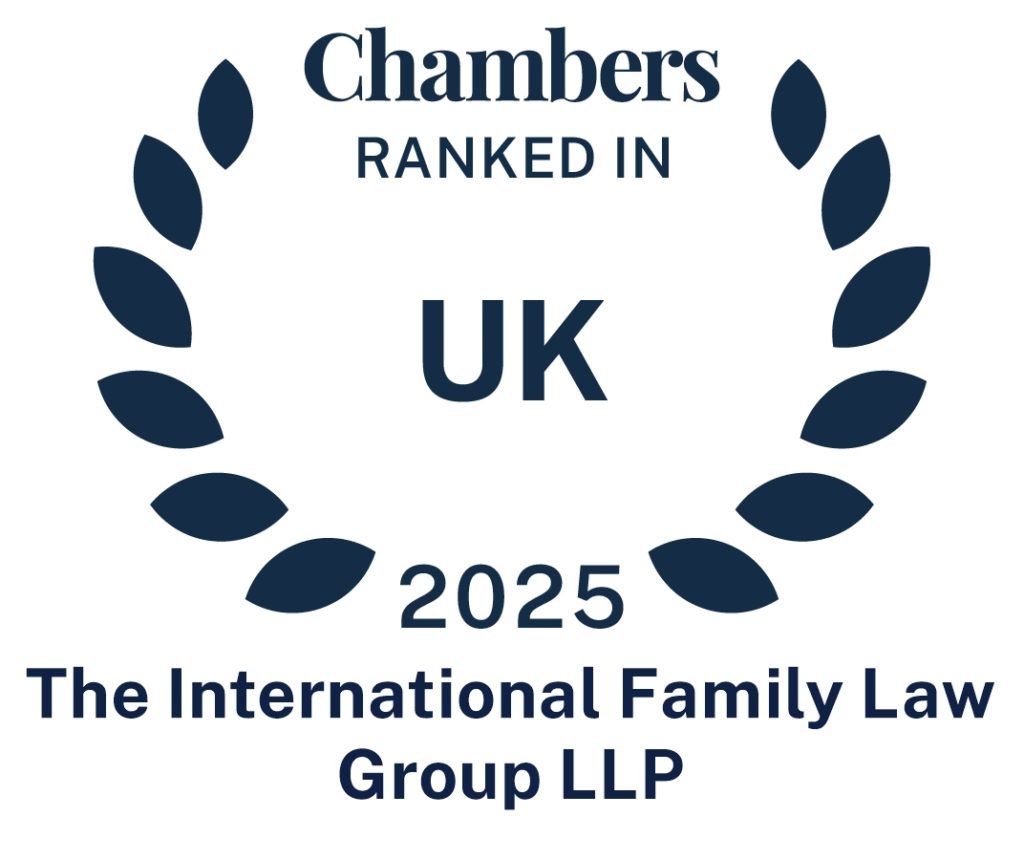Leave to remove cases (also known as relocation applications) can be some of the most challenging cases that come before the family court. Whilst any family matter can and often does elicit highly charged emotions and a degree of uncertainty, within relocation cases, the court is required to consider an application focusing on a child’s best interests and ultimately produce a binary answer: should a child relocate or not?
There are an almost limitless number of factors that need to be examined in any application, which must be considered and addressed in a detailed witness statement – regardless of whether you are seeking to relocate or seeking to defend an application to relocate. Whilst the overall considerations are likely to be factors in all cases regardless of the country, specific references to the particular location demonstrate that particular thought and care has gone into an application.
Take Australia and the UK – two countries that share a (fairly!) similar history, language and legal system. With anywhere between 200,000 and 400,000 Australians calling the UK home, it is perhaps no surprise that Australian relocation cases are seen frequently by the English court. Particular care needs to be taken however in any Australian relocation case, as set out below.
Direct Flights
During the pandemic, Australia had some of the strictest border controls in the world. There were mandatory requirements for two weeks of hotel quarantine; only Australian citizens and permanent residents were allowed to travel into the country and even then, required prior approval from the authorities. Since mid-2022, many restrictions have been relaxed or removed completely, including those surrounding unvaccinated persons and travel exemptions. A level of cautiousness still remains, and covid rules must be continuously monitored in advance of any proposed travel. If there is a further risk of difficulty returning – either in Australia or through a transit country – this will be something that must be addressed in evidence.
Following the relaxation of Covid rules, more airlines are relaunching their flights to Australia. However, Australia remains, of course, a huge country: it takes four hours to fly from the west coast (e.g., Perth) to the east (e.g. Melbourne, Sydney and Brisbane). Whilst British Airways have direct flights to Sydney from London, a layover is required (normally in Singapore). Qantas launched direct flights from London to Australia in 2018. This is a direct flight between London and Perth, with a brief stopover on the West Coast before the same plane makes the four-hour journey onwards to Melbourne or Sydney.
In any relocation application, serious consideration will need to be had to flight times, particularly for young children and those travelling unaccompanied. How will this work in practice, and what would any journey look like, door to door? With the flight time including transit and layovers averaging at least 24 hours (depending on the route), how will this be managed by children; particularly if there is a suggestion, they will travel unaccompanied?
Similarly, how often can – or should – parents and children be expected to undertake this grueling journey? How realistic is it for this to occur outside of the school summer holidays? In addition to ensuring the travel is as hassle-free as possible there is the pertinent question of cost: who will fund the (often very expensive) cost of this travel? In any relocation case, the court will be firmly focused on the practicalities of travelling and how the relationship with the left-behind parent will be supported. For any Australian case, the proposals need to be particularly well-drafted, workable, and fully costed.
Time Zones
Similarly, time zones are a huge factor which will need to be taken into account, particularly when looking at indirect contact (such as FaceTime and telephone calls). Depending on the time of year and the location in Australia, time differences range between 7 and 11 hours from the UK. Midweek calls can therefore be tricky to organise, especially for younger children. Thought may need to be given for longer periods over weekends.
Jet lag will also need to be factored into any trips. The length of travel involved is significant so a few days to recover will need to build into any proposal and will need to strike a careful balance between children being able to enjoy their time with the other parent on the one hand, and them acclimatising post flight ahead of returning to school.
Border Security
The other parent’s ability to enter the country in question is a similarly important issue to address. In many leave to remove cases, one of the parents may well be visiting a country that they are not a citizen of, and so immigration information will need to be factored in to ensure the court is satisfied that the parents (and children) have the ability to travel in and out of the country.
Generally speaking, Britons visiting family for less than three months can apply for a free eVisitor, which allows repeated entry into Australia over a 12-month period for up to three months each time. If a longer stay is sought, then a different visa may be required for a fee. It is wise to obtain immigration advice so that the Court and the other parent can be clear about their ability to visit, as any errors could jeopardise future entry.
School Terms and Education Systems
School terms in England and Australia are also not identical. The Australian school term runs from February to December; whilst those in England find January to be cold and dark, in Australia it is the exact opposite. This is the peak of summer, with school holidays running from just before Christmas until the end of January. The winter holidays are spread across June and July and are typically for two weeks, with a further two weeks off in April for Easter and two weeks in September/October for the Spring holidays.
Like their English counterparts, Australian fee-paying schools may well have more holiday time: frequently an extra week during the Winter holidays (June/July).
In a similar vein, the educational systems will need to be examined. Whilst education in Australia is a shared federal and state/territory responsibility, it is primarily the responsibility of the state or territory governments. Accordingly, information from the specific state or territory will need to be produced when looking at schooling. For older children, the International Baccalaureate is becoming increasingly popular (particularly in fee-paying schools). If a child could well return to England as an adult to go on to university, would the IB make their application process easier? If they do intend to return to England for university, then another factor is the need to pay international fees if they have resided outside of England for the immediate years preceding starting university.
Child Maintenance
In Australia, child maintenance is governed by the Department of Human Services. If an agreement is reached between the parties, then there will be no DHS intervention; if not, then a child support assessment will be required. The formula is complex and considers a number of factors including both parents’ incomes, their percentage of care, and the number of children.
There is an online calculator. Both parents will need to be aware of their maintenance responsibilities and may want to carefully consider if costs of travel can or should be ‘off-set’ against their maintenance obligations.
Mirror Orders and the 1996 Hague Convention
Australia is a signatory to the 1996 Hague Convention, which provides for the recognition and enforcement of orders between the two countries. The registration of an Australian Order in England is a relatively streamlined process. As this is a reciprocal arrangement, an English Court Order can also be registered in Australia under the same treaty; it also empowers any court in England to have certainty of their orders being mirrored in Australia.
Upon relocation to Australia, the English Courts would generally concede jurisdiction based on the child’s habitual residence shifting. Information about the ways in which a Mirror Order can be obtained in Australia is useful for inclusion in a statement to ensure the court is aware of the ways of enforcement of any order should relocation be permitted.
Health Insurance, Benefits and Centrelink
Healthcare in Australia is primarily funded through the public Medicare program. This scheme covers much of the cost of primary and allied healthcare services. Private health insurance is also available and enables access to private through private hospitals. Some travellers may obtain healthcare through a reciprocal program or by travel insurance; private health insurance may be required to obtain a visa. The Court will require detailed information as to healthcare options for children and parents on any relocation application; particularly so if the child or parent in question has a particular health condition or need.
Information should also be provided about any benefits there, including who can access them and under what circumstances. In Australia, Centrelink is the government benefits scheme.
Conclusion
Whilst the above covers some of the factors that should be included in every relocation application, it is certainly not an exhaustive list. Relocation applications are challenging and can be very emotional; all applications should be as well thought-out and detailed as possible, demonstrating at all times a detailed consideration of why the proposed move would be in the child’s best interests to ensure the best chance of success.
Georgie Huse
[email protected]
The International Family Law Group LLP
www.iflg.uk.com
© February 2023
- Georgina Husehttps://iflg.uk.com/team/georgina-huse
- Georgina Husehttps://iflg.uk.com/team/georgina-huse
- Georgina Husehttps://iflg.uk.com/team/georgina-huse
- Georgina Husehttps://iflg.uk.com/team/georgina-huse











